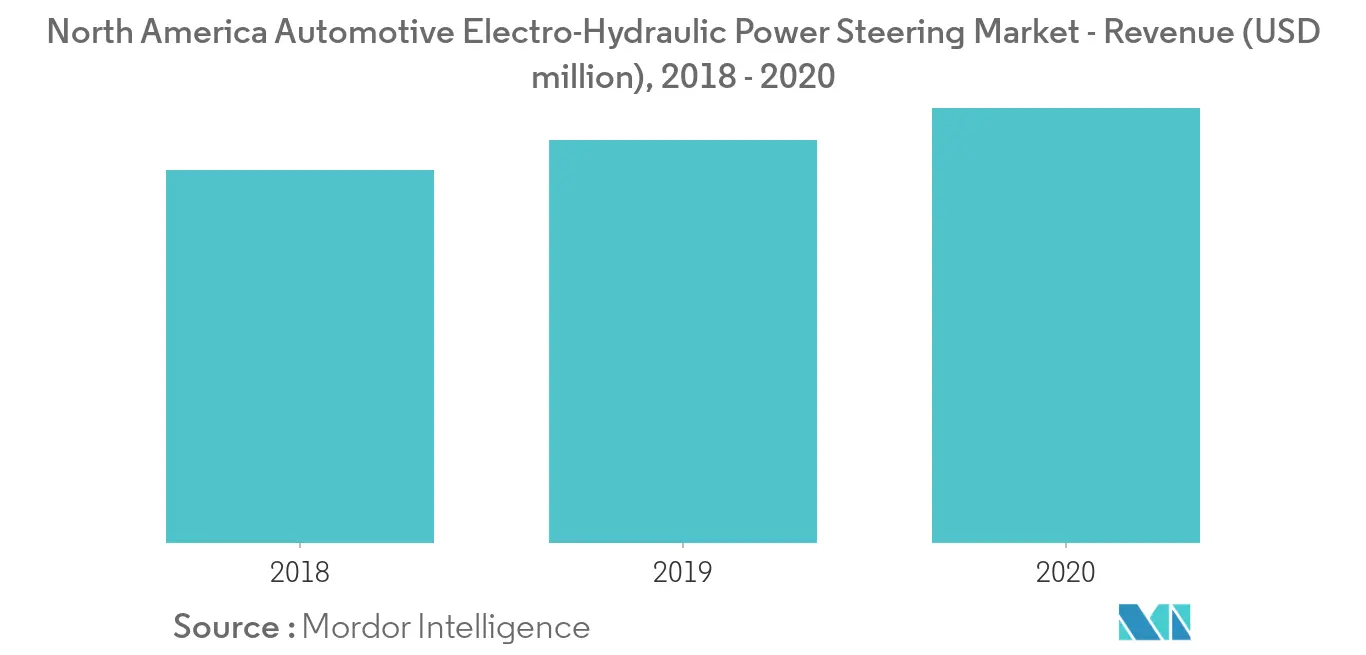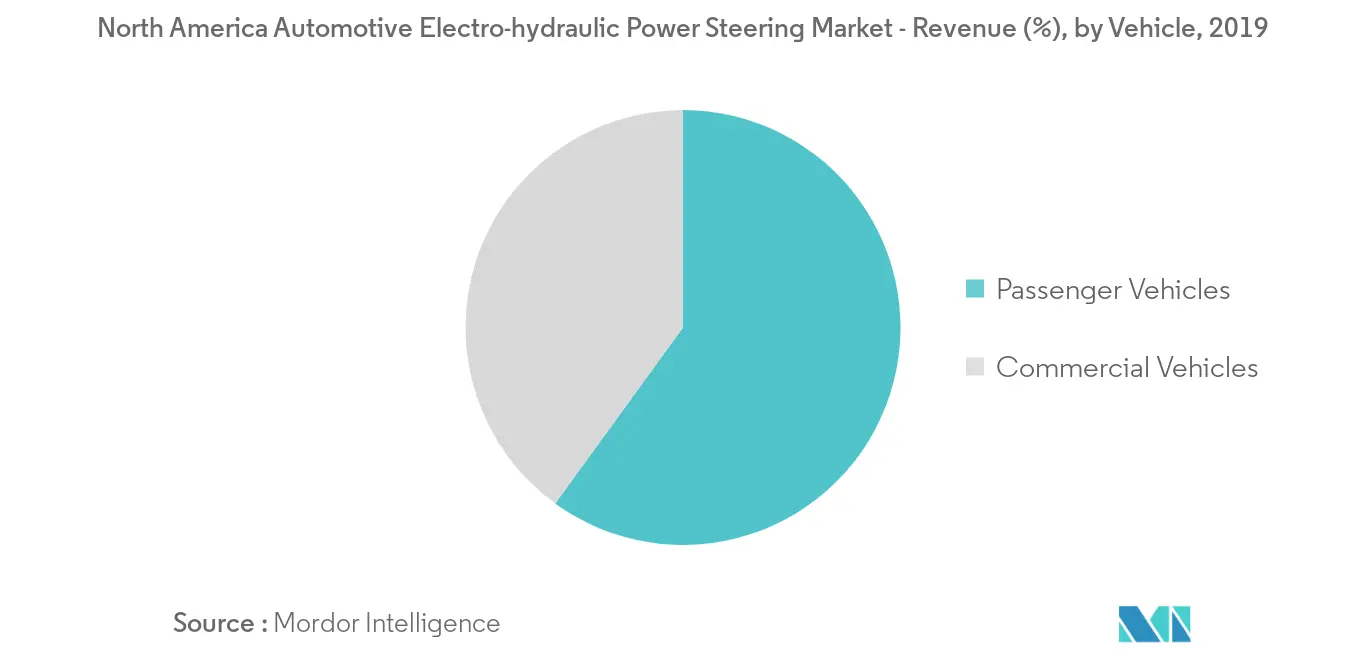Market Trends of North America Electro Hydraulic Power Steering Industry
This section covers the major market trends shaping the North America Electro Hydraulic Power Steering Market according to our research experts:
Advancements in Electric Power Steering (EPS) Technology Phasing Out the Electro-Hydraulic System
Failure of steering systems in vehicles, such as Ford Focus (2008) and Mercury Mariner SUV, helped in bringing about significant changes in electric power steering (EPS) technologies, driven by the improvements and advancements of steering sensors.
An electric power steering (EPS) does not use any form of hydraulic pressure to provide steering assistance. This technology is fully electronic and uses an electric motor to provide direct assistance. Since there is no power lost in generating and transmitting the hydraulic power, these systems are typically more efficient than the conventional hydraulic or electro-hydraulic steering systems. Furthermore, EPS systems are less complex than hydraulic systems. Hence, they are easier to manufacture. Moreover, car owners find it easier to maintain these systems, as there are fewer fluids and oils involved.
Many auto manufactures and OEMs, such as Bosch, Nexteer, Ford, Nissan, etc., are increasingly researching and adopting EPS in their upcoming vehicles, which may deter the growth of electro-hydraulic systems. For instance, Ford has integrated a pull-drift steering compensation as an additional feature to its new EPS system. The company acknowledges EPS with pull-drift as an improvement in the sensor system, which helps to measure the driver's steering torque constantly. It also helps in adapting to the changing road conditions, and adjustment to the slightest of steering changes.

Commercial Vehicles Market is Expected to Witness High Growth
Energy saving is one of the most significant concerns in the development of new heavy vehicles, especially steering systems, as over 70% of the fuel consumed by a conventional hydraulic power steering (HPS) systems is unnecessary and can be avoided.
EHPS offers more fuel savings than an HPS system, which transitions to great cost benefits for commercial vehicle owners. For instance, an EHPS product from TRW has achieved fuel savings of 0.2 L/100 km, as compared to a conventional HPS system. EHPS system also has a significantly higher rack load than an HPS system.
North America is a huge market for commercial vehicles, such as heavy trucks, construction machinery, and agricultural machinery. Electro-hydraulic power steering systems are employed in the majority of these vehicles within the region.
Thus, with companies coming up with new innovations in this segment, the market for EHPS is expected to grow over the forecast period for the commercial vehicles segment.


